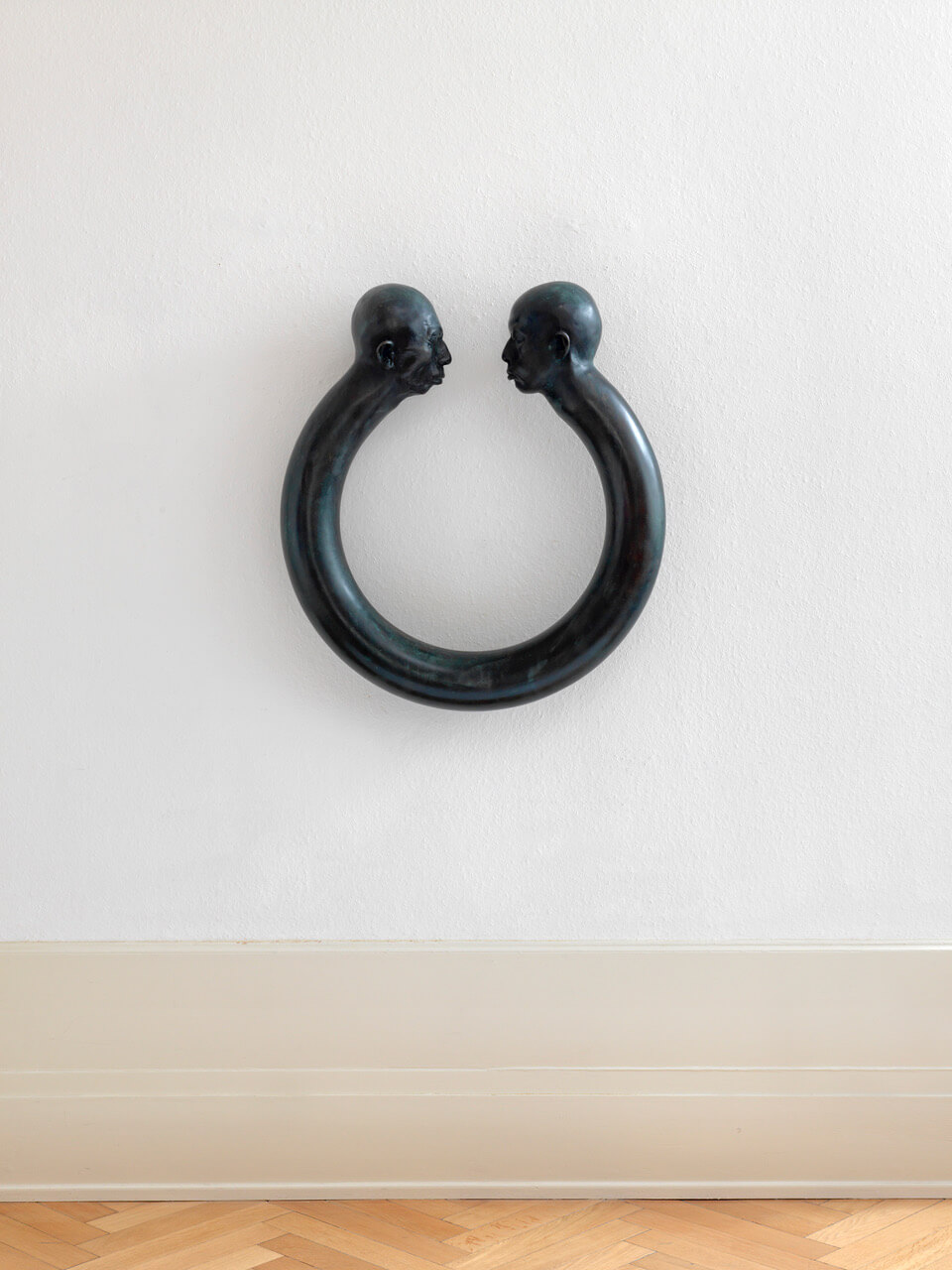Modern Surrealism
Wolfgang Stiller
Opening / 29.05. / 18 - 21 Uhr
Exhibition / 30.05. - 29.08.
Benjamin Eck Projects
Müllerstraße 46a / München
Google MapsFacebook EventCaesar is known in the fine art world as the grandfather of digital art Caesars works are partly inspired by the Dutch and Flemish masters Vermeer and Jan van Eyck, as well as 18thcentury painter Gainsborough and French Rococo artists Watteau and Boucher.
He is also heavily inspired by Japanese culture – this stems partly from the influence of his Japanese wife Jane and her family who introduced Caesar to writers Yukio Mishima and Jun’ichiro Tanizaki. Both writers have a distinctive Japanese aesthetic exploring and questioning Japan’s continual slide toward Western-influenced modernization and associated loss of Japanese tradition. Some of Tanizaki’s works present shockingly sexual and destructive erotic obsessions; others subtly portray the dynamics of family life. The femme fatale is a theme repeated in many of Tanizaki’s work. Another theme is the samurai ethic of balancing the cultivation of beauty and discipline by the way of the sword – simultaneously valuing honor, dignity and serenity – life lived as Art. Themes found also in Rays work.
Caesar’s works in turn are creations from his life memories and events. His visual diaries captivate us and repel us, yet we always ache for more. And like a diary, once we put pen to paper the words have soothing effect and gives the artists an inner calm that is shared.
Caesar has paved new roads to the acceptance and transparency of works created completely digitally that take countless hours to create. His work has been exhibited extensively in solo shows internationally in Europe, the States, Canada and Asia as well as appearing in numerous prominent publications that include the Times magazine, Huffington Post, The Globe & Mail, Vogue Italy, Vogue Japan, Hi Fructose, Juxtapoz and others. Caesar works are collected by numerous venerated institutions including the Bristol Museum as well as prominent collectors such as Riccardo Tisci of Givenchy, the Hearst Family (media mogul and owners of O Oprah Winfrey magazine and ESPN cable channel) and others.
___________________________________________
German artist Wolfgang Stiller’s sculptural installations are innovative, very direct and intelligent.
Stiller who has had more than 30 solo exhibitions internationally including Greece, Italy, USA, Japan and Czech Republic, presents one of his finest art installations called Matchstick Men. The installation consists of several larger than life half burnt matchsticks which represent people suffering from a work burnout. Through his installation, Stiller aims at highlighting the most common issue amongst the working class professionals in the modern day society – Burnout syndrome. The installation illustrates the harsh impact of the syndrome on human life and how this state of vital exhaustion can create a permanent damage to the physical and mental well being. Simply fantastic!
Artist Statement:
I had some head molds sitting in my studio left over from a mannequin production I did for a movie in China. Back then, I was living in Beijing. I also had some pieces of thick bamboo wood lying around from another installation that I had done. I was playing around with those two elements and after awhile the heads ended up on the bamboo sticks.
The meaning and content of a work grows while I’m in the process of doing the physical work. I really like the literal aspect of “matchstick head” in German, (which is) called, “Streichholzkopf.” It refers to an actual head (and) is stronger in the German language.
One could read those burned matches as worn-out or burned-out human beings. The installation can appear like a battlefield or just like some playground where someone played around with matches and dropped them. All the heads I’ve used so far are from Chinese people. This sometimes leads to the assumption that this is a criticism of the Chinese government. One can read it that way, but I think this metaphor could be used for any western system as well. The matchboxes could be simply seen as formal elements within the installation, as coffins or simply as matchboxes. I actually like to keep it open since I don’t like art that leaves no space for one’s own imagination.
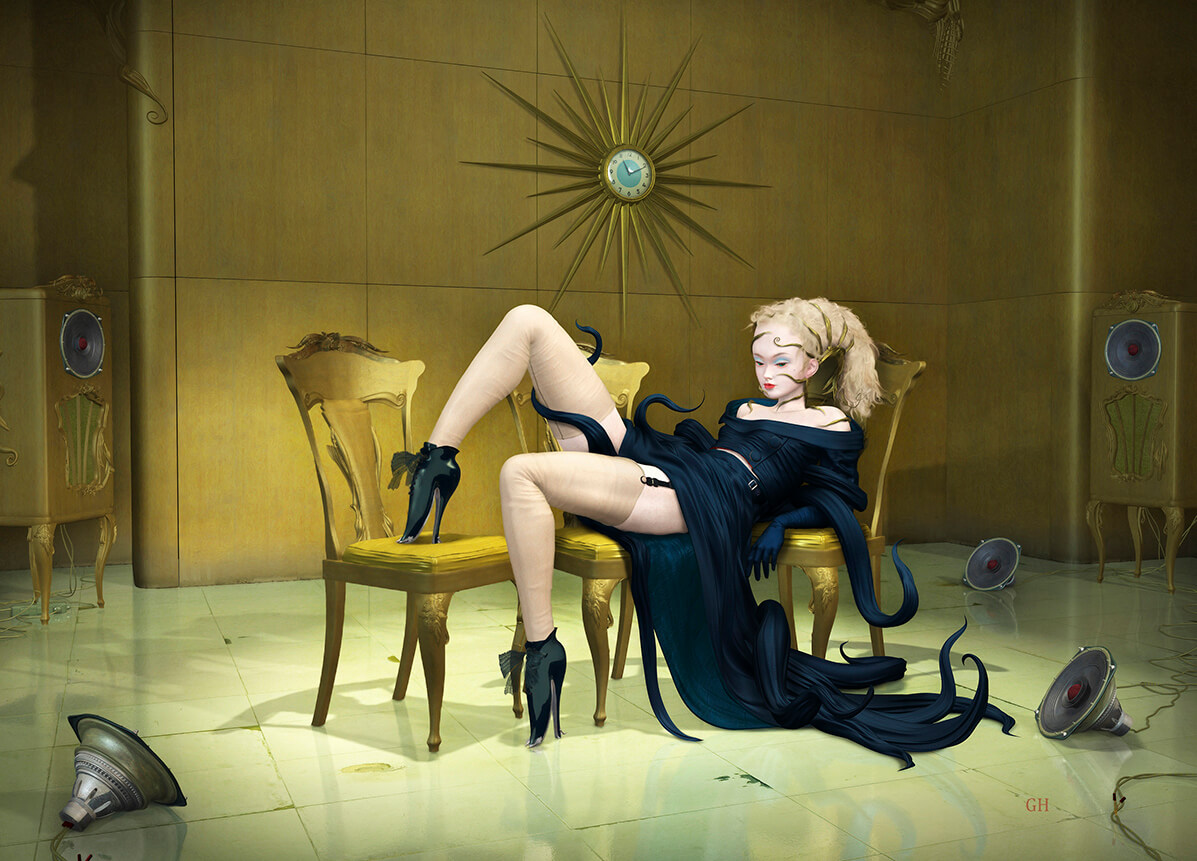
The quiet room
2020
Singular Moment
2019/2020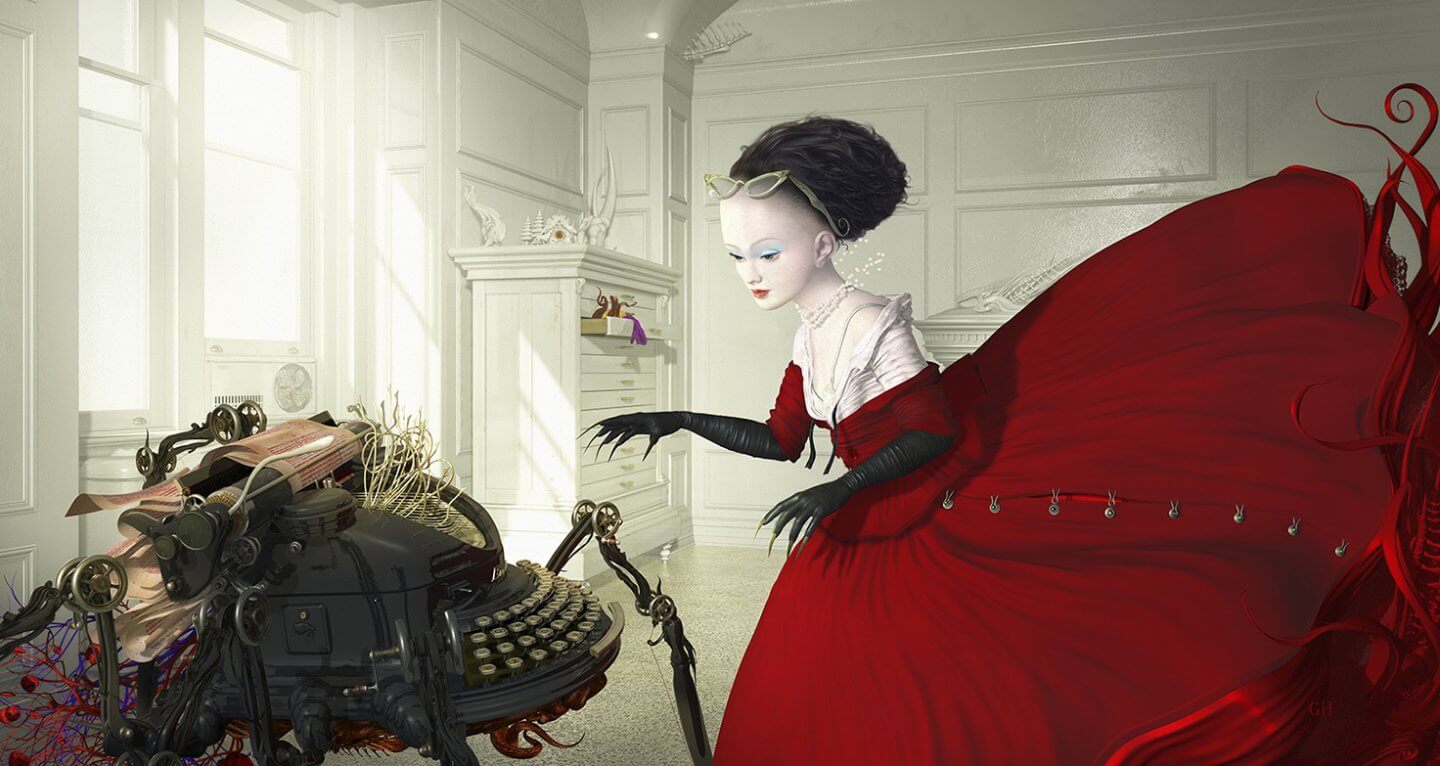
Letter of Intent
2020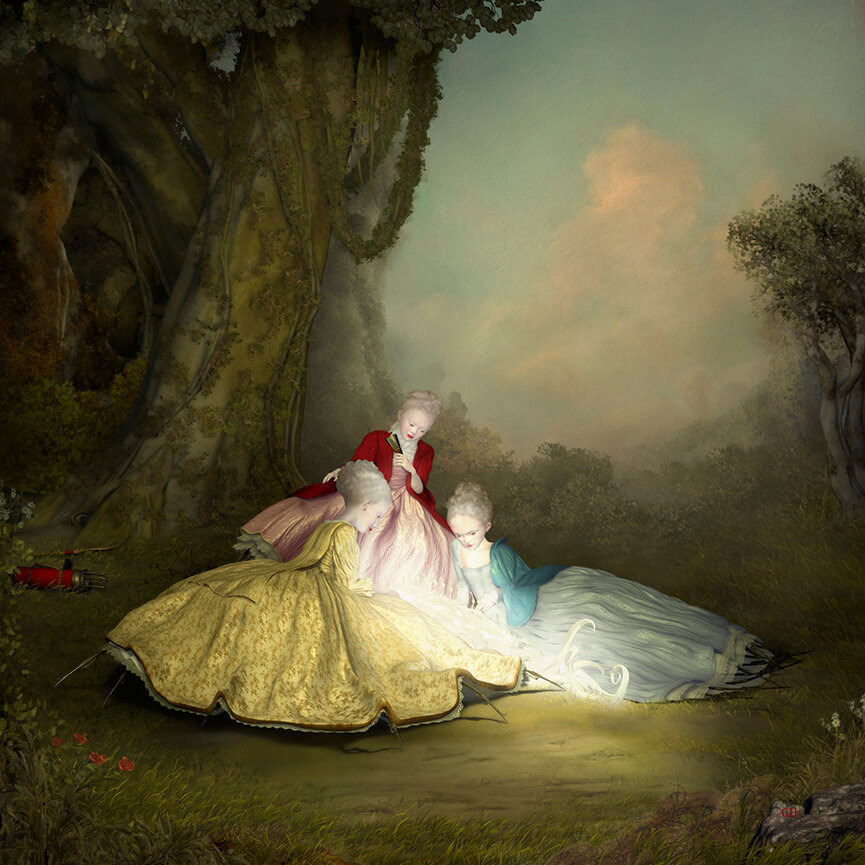
La Chasse
2011/2020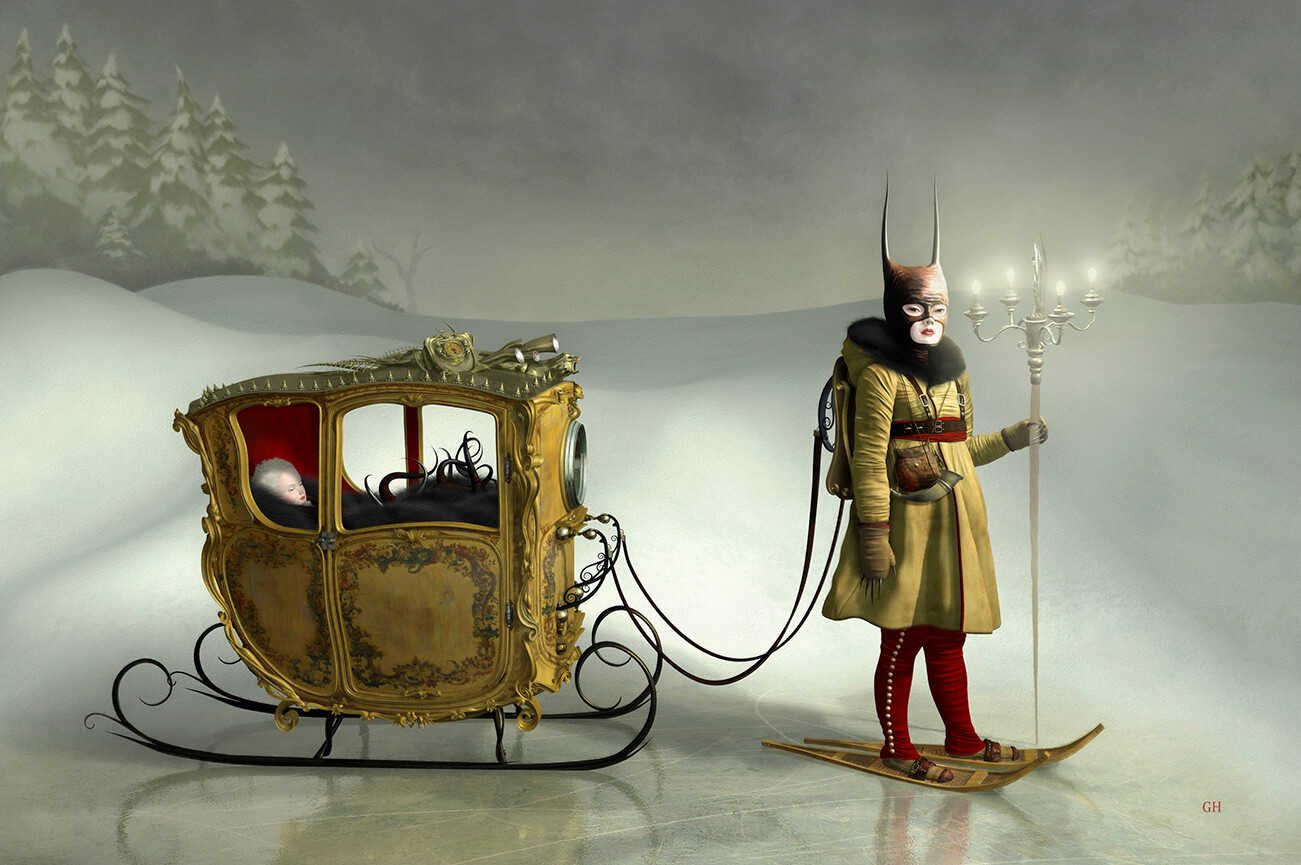
Homecoming
2010/2020
Descent
2008/2020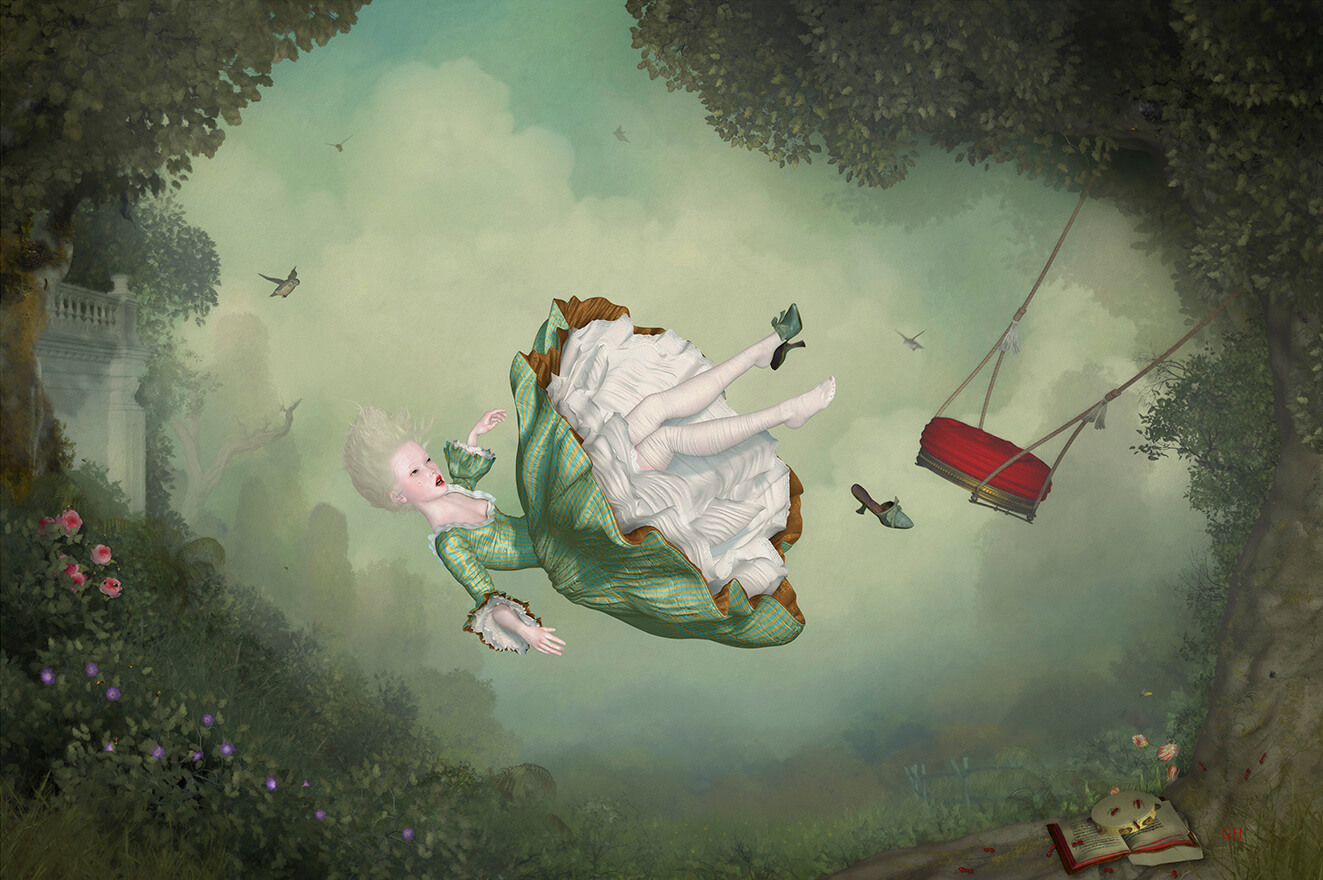
Calamity
2010/2020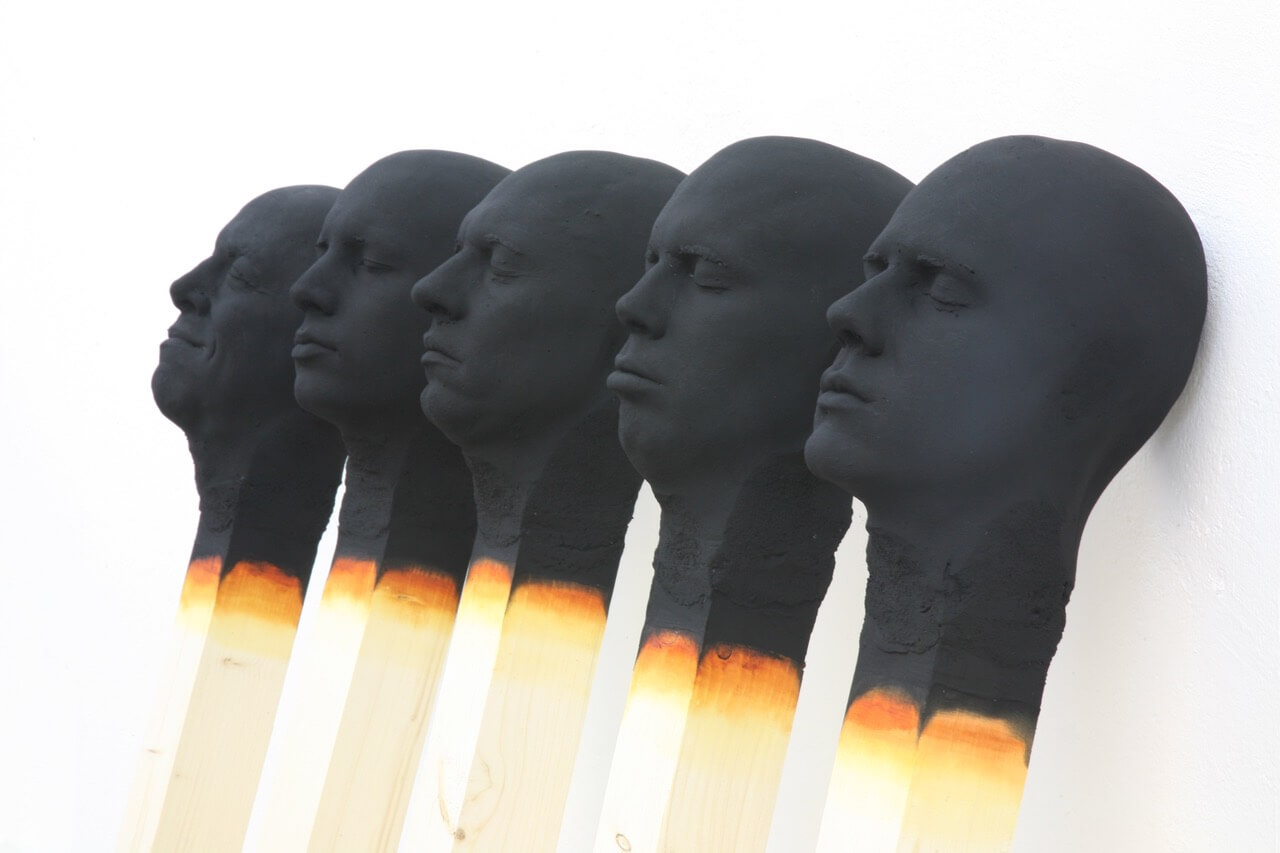
group of 5 matchstick men
2019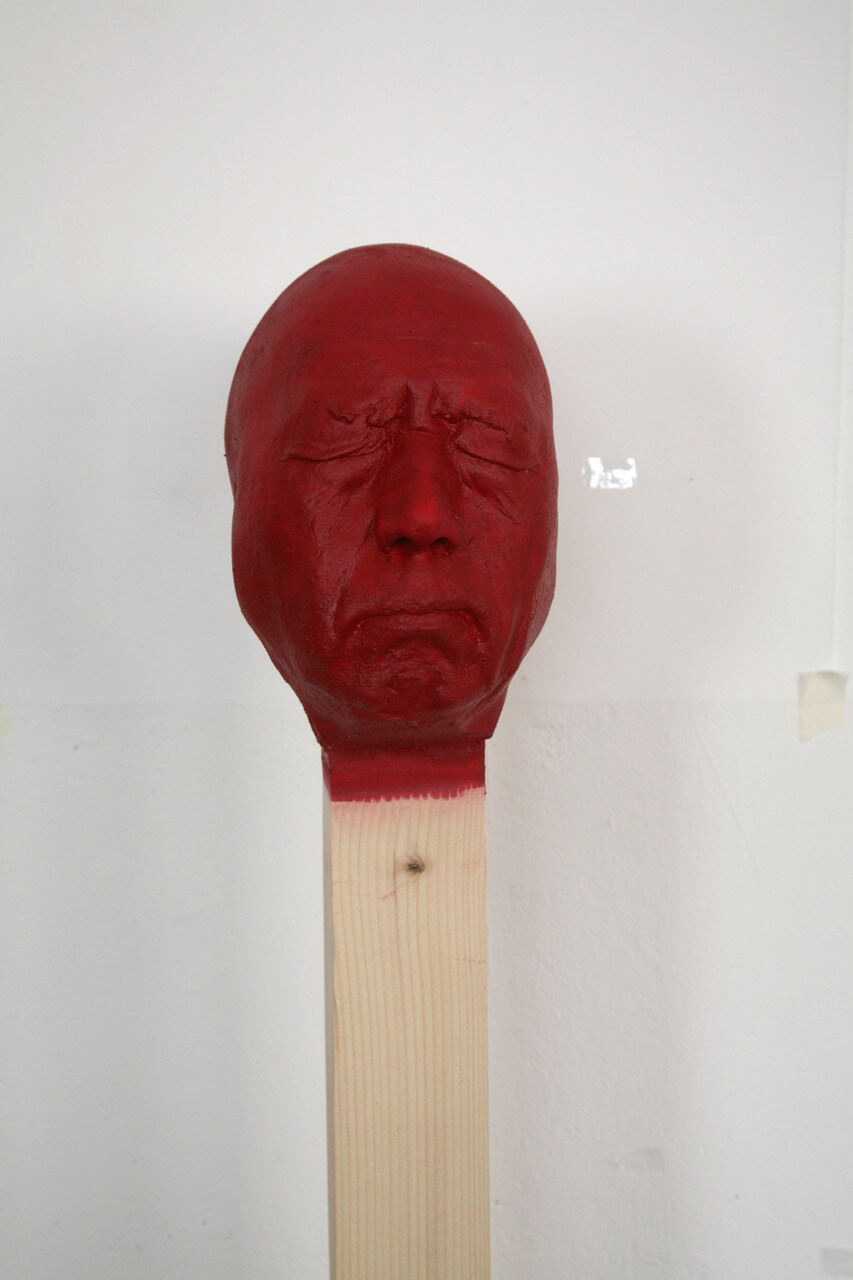
Matchstick Men
2019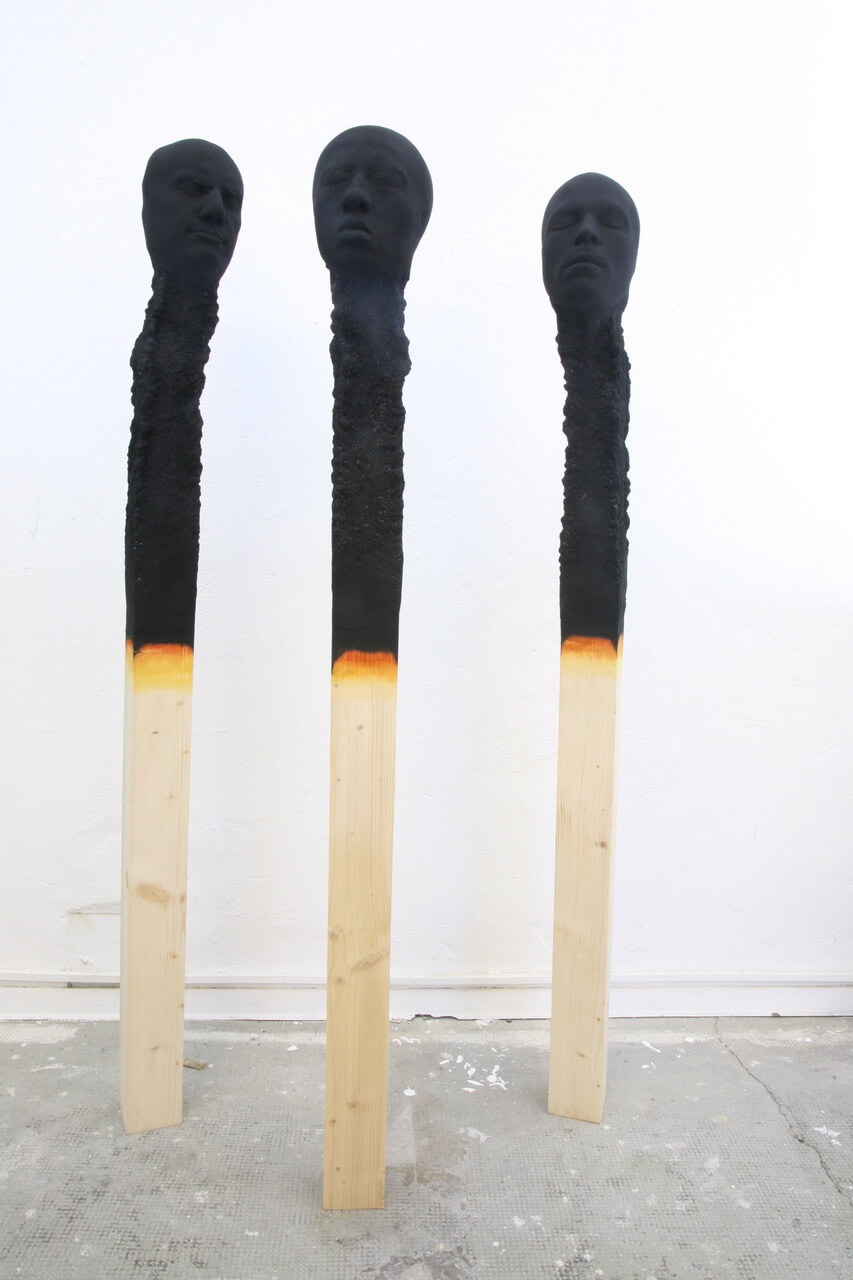
medium matchstick men
2019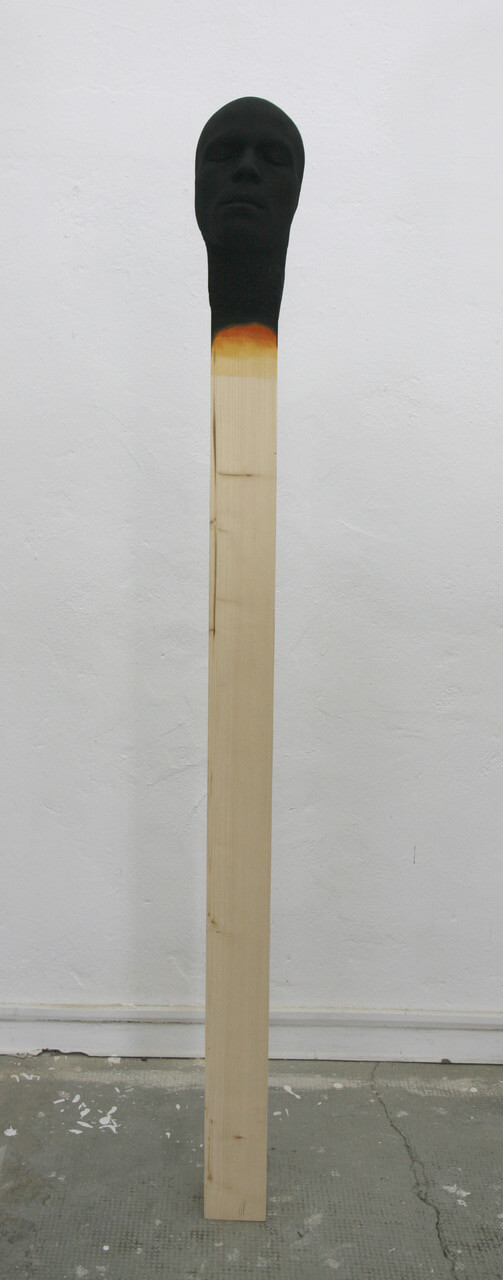
big matchstick men
2019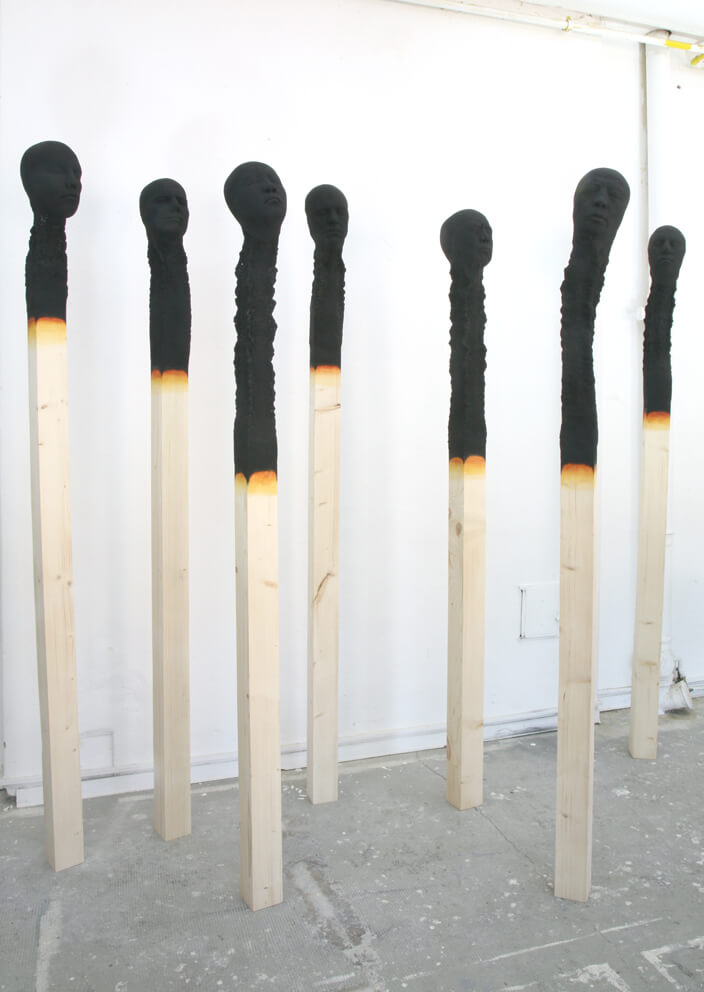
big matchstick men
2019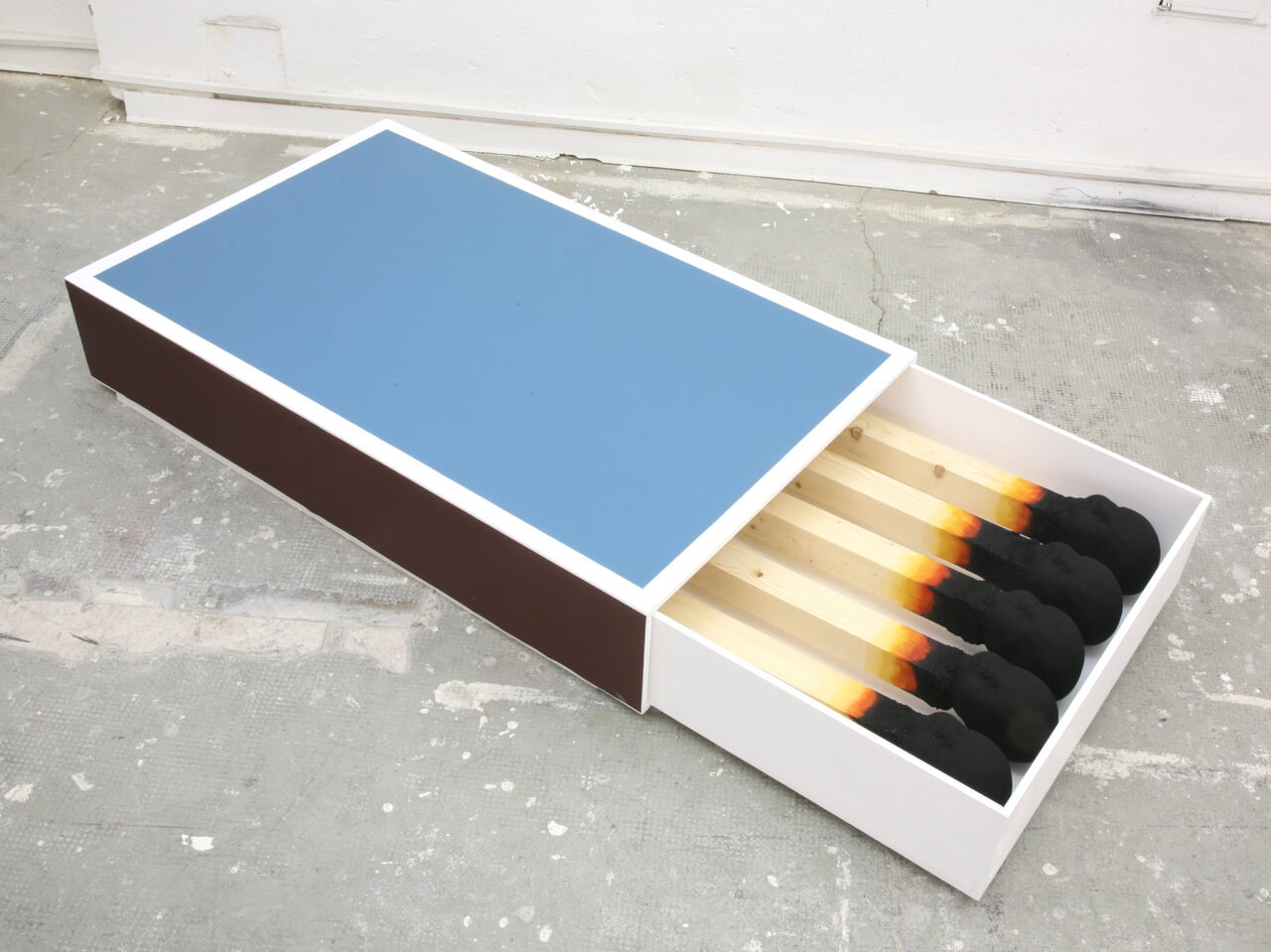
small matchbox
2019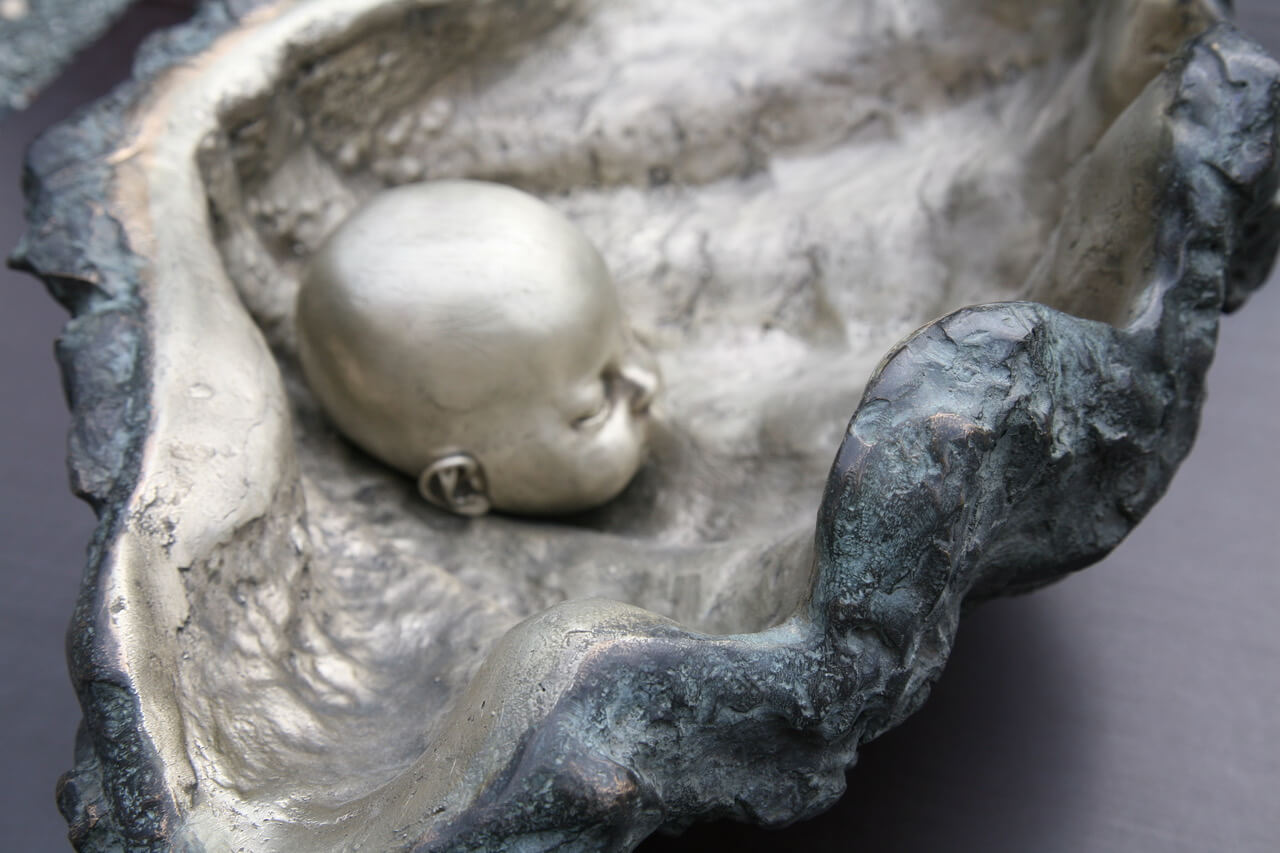
Muschel
2018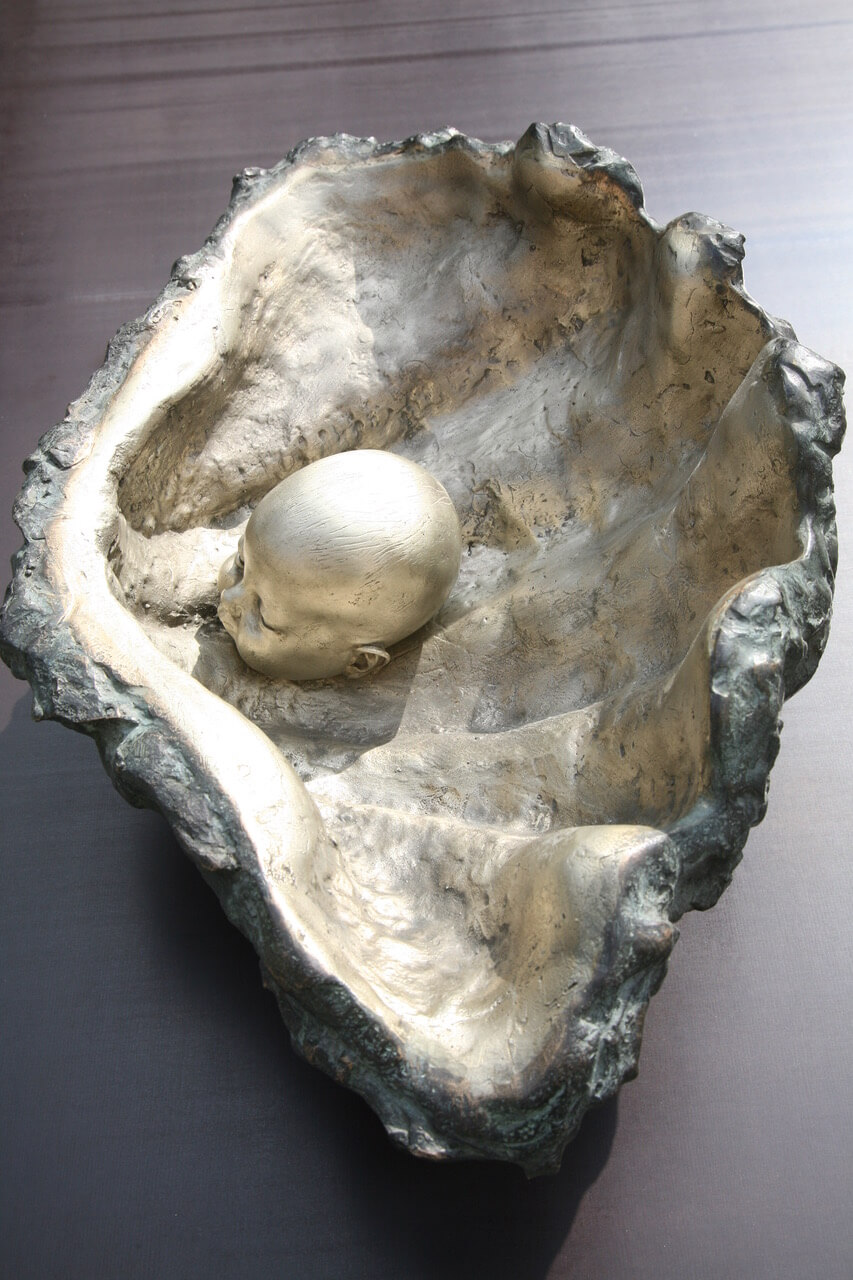
Muschel
2018
Ginseng spirit
2015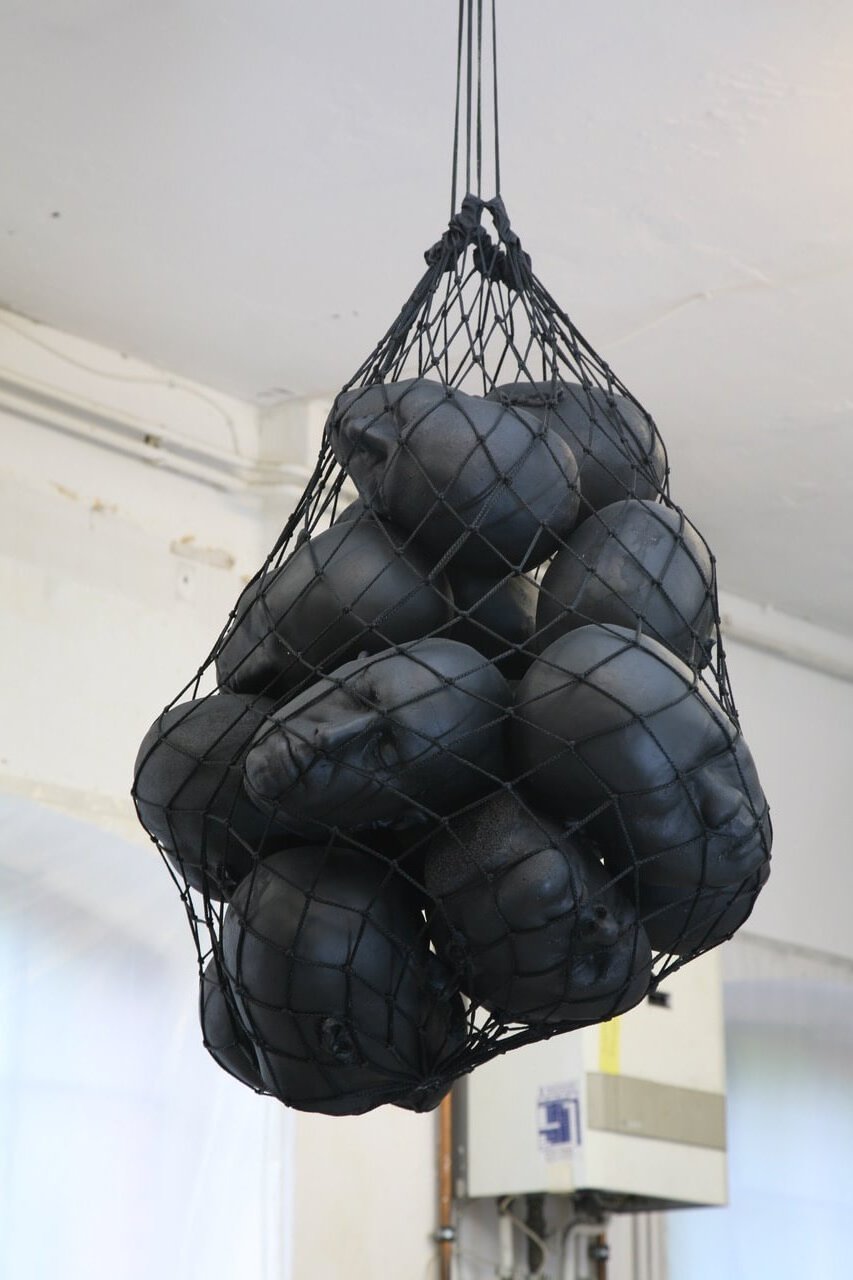
net with head
2019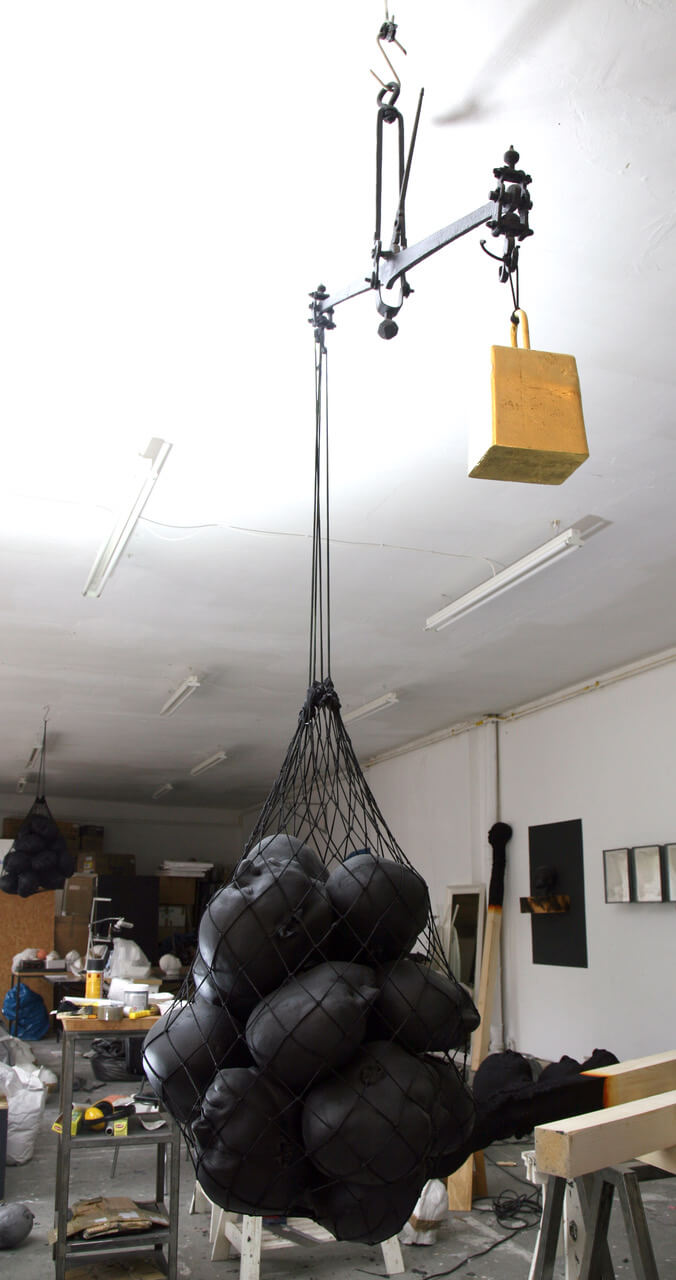
without title
2019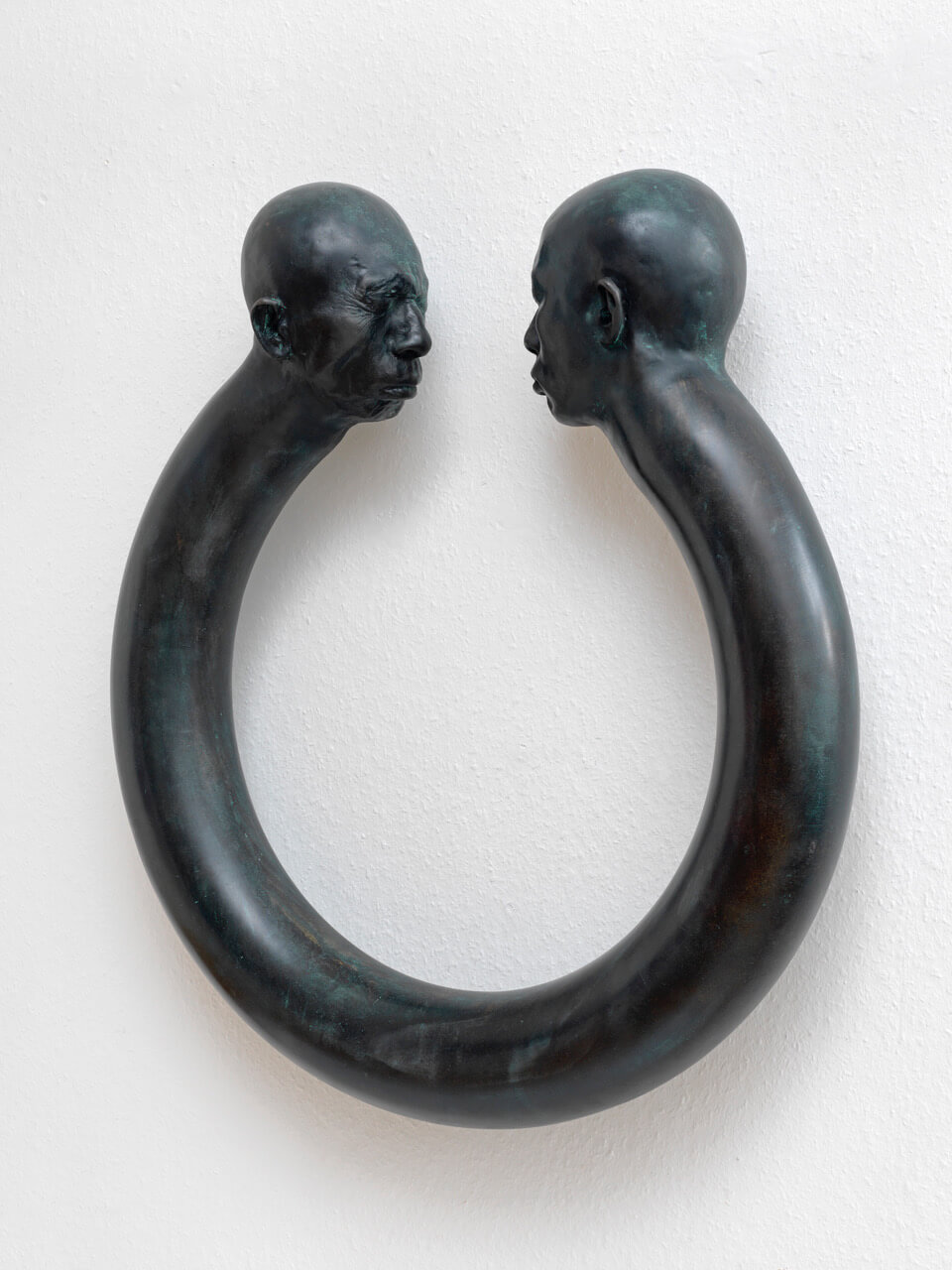
Samsara
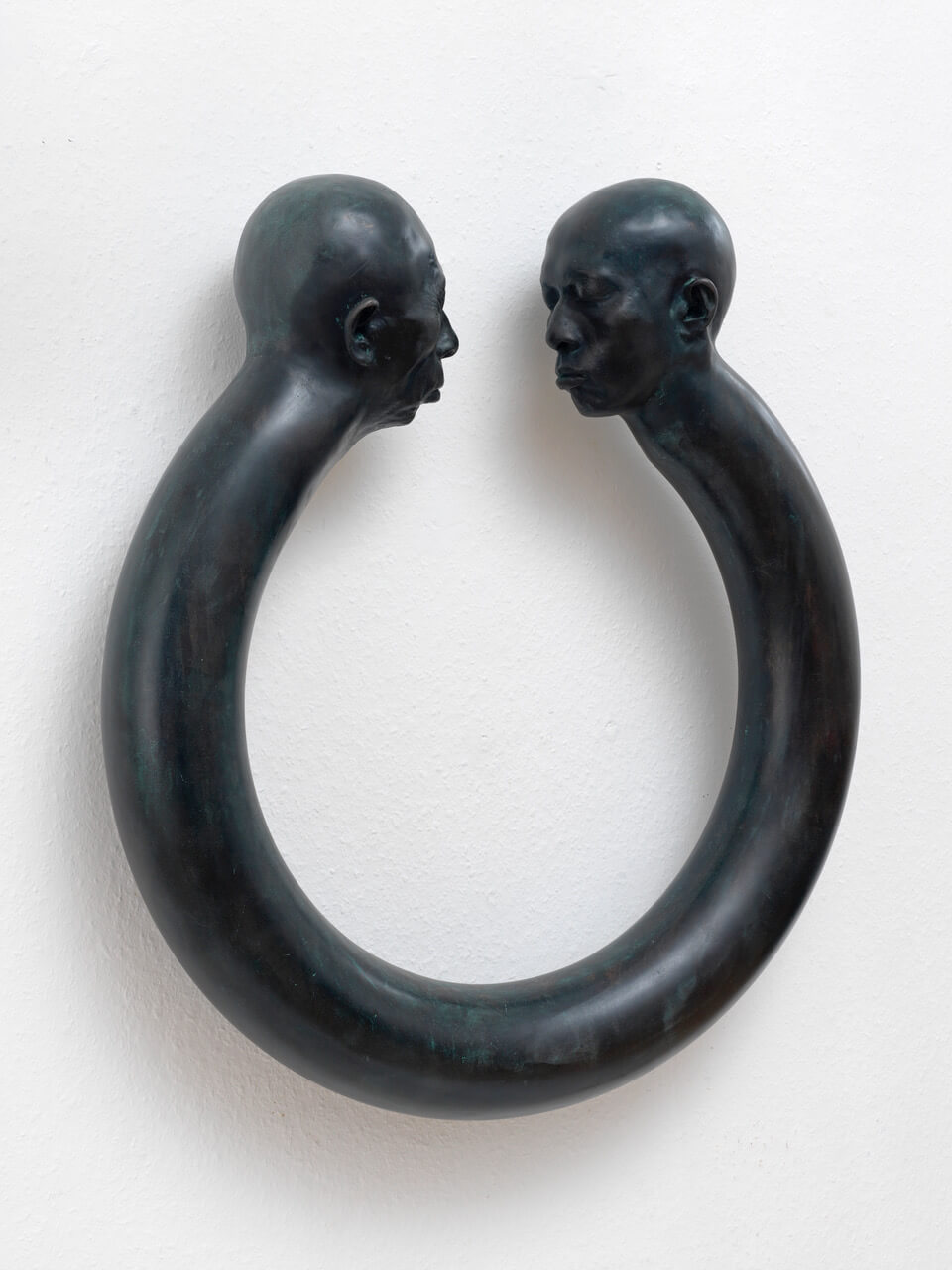
Samsara
